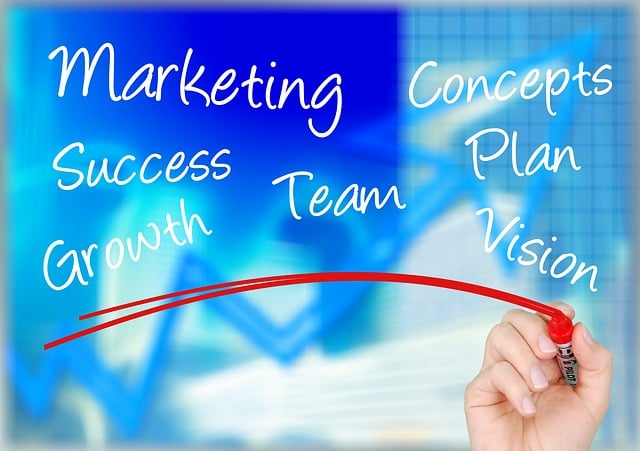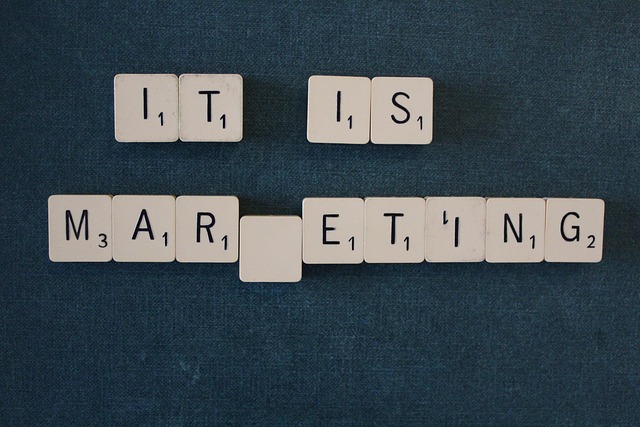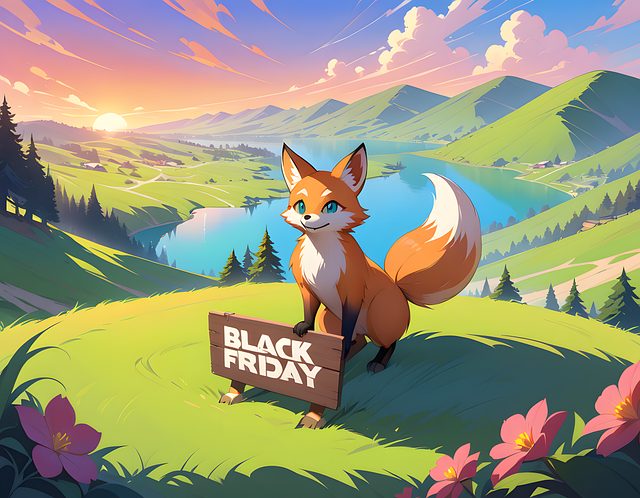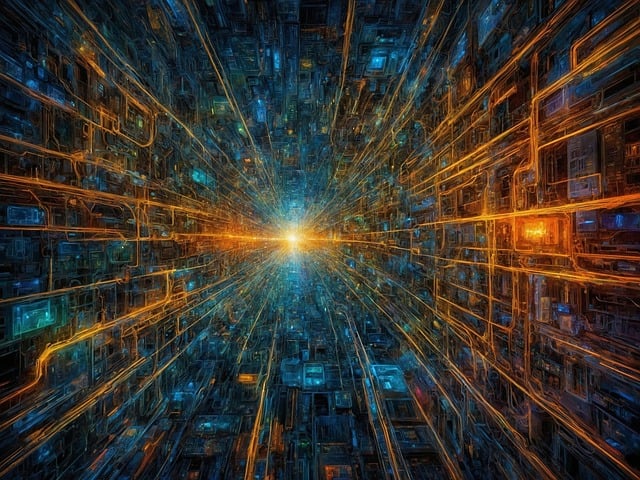AI-driven food photography optimization is transforming the industry by automating tasks like cropping, color correction, and retouching using NLP and computer vision algorithms. These tools not only enhance basic editing but also suggest tailored adjustments based on recipes or branding guidelines, ensuring consistent, engaging visual content. NLP bridges text descriptions and visuals, generating accurate representations of ingredients and flavors to meet the high demand for visually rich online content. In a competitive market, these AI tools optimize content creation, reduce manual search time, and empower photographers to focus on creativity, ultimately delivering high-quality food imagery promptly.
In the competitive world of food photography, staying ahead requires leveraging innovative tools. AI-driven image optimization and natural language processing (NLP) are revolutionizing how businesses capture and describe mouthwatering visuals. This article explores these cutting-edge technologies and their profound impact on food photography. We’ll delve into understanding AI’s role in optimizing images, its significance in capturing attention with NLP, and maximizing efficiency for food photography businesses.
- Understanding AI-Driven Image Optimization
- The Role of Natural Language Processing in Food Photography
- Maximizing Efficiency with NLP Tools for Food Photography Businesses
Understanding AI-Driven Image Optimization

AI-driven image optimization is transforming the landscape of food photography, enabling professionals to enhance visual content at scale. These tools leverage natural language processing (NLP) and computer vision algorithms to analyze and interpret images, understanding context, composition, and aesthetics in a way that mimics human expertise. By integrating AI into the workflow, photographers and marketers can automate time-consuming tasks such as cropping, color correction, and retouching, allowing them to focus on creative decision-making.
In the realm of AI-driven food photography optimization, these tools go beyond basic editing by suggesting tailored adjustments based on specific recipes or branding guidelines. They can identify and enhance key elements like ingredients, textures, and lighting, ensuring that each image aligns perfectly with the desired aesthetic and messaging. This not only boosts efficiency but also ensures consistency across a brand’s visual content, creating a cohesive and engaging tapestry for consumers.
The Role of Natural Language Processing in Food Photography

Natural Language Processing (NLP) is transforming various industries, and its impact on food photography is no exception. With the rise of AI-driven content creation, NLP plays a pivotal role in optimizing food visuals for digital platforms. By understanding the context and semantics behind text descriptions, these tools can analyze recipes and translate them into visually appealing images, ensuring accurate representation and enhancing user engagement.
AI-driven food photography optimization leverages NLP to interpret ingredients, flavors, and culinary techniques mentioned in textual data, such as recipe cards or blog posts. This enables automated generation of corresponding visual content, streamlining the content creation process. The result is a more efficient and consistent flow of high-quality food imagery, catering to the growing demand for visually rich online content, especially on social media and e-commerce sites.
Maximizing Efficiency with NLP Tools for Food Photography Businesses

In the competitive world of food photography, where visual appeal is key, AI-driven natural language processing (NLP) tools offer a game-changing advantage. These innovative technologies can significantly enhance efficiency for businesses by streamlining content creation and editing processes. With NLP, photographers and their teams can quickly analyze vast datasets, including image metadata, customer preferences, and industry trends, to optimize their work. By understanding the context and semantics behind text descriptions, these tools enable more accurate searches and filtering, ensuring that the right images are selected for each project.
Maximizing efficiency with AI-driven food photography optimization means reducing time spent on manual searches and repetitive tasks. NLP can automatically categorize and tag images based on ingredients, culinary techniques, or aesthetic styles, making it easier to locate specific visuals. This not only speeds up production but also allows photographers to focus more on creativity and storytelling aspects of their work. As a result, businesses can deliver high-quality content promptly, meeting the demanding needs of modern food industry clients.
AI-driven image optimization and natural language processing (NLP) tools are transforming the landscape of food photography. By leveraging these advanced technologies, businesses can enhance their efficiency, create vibrant and captivating visuals, and ultimately improve customer engagement. The future of food photography lies in embracing these innovative strategies, ensuring that every dish tells a compelling story.
